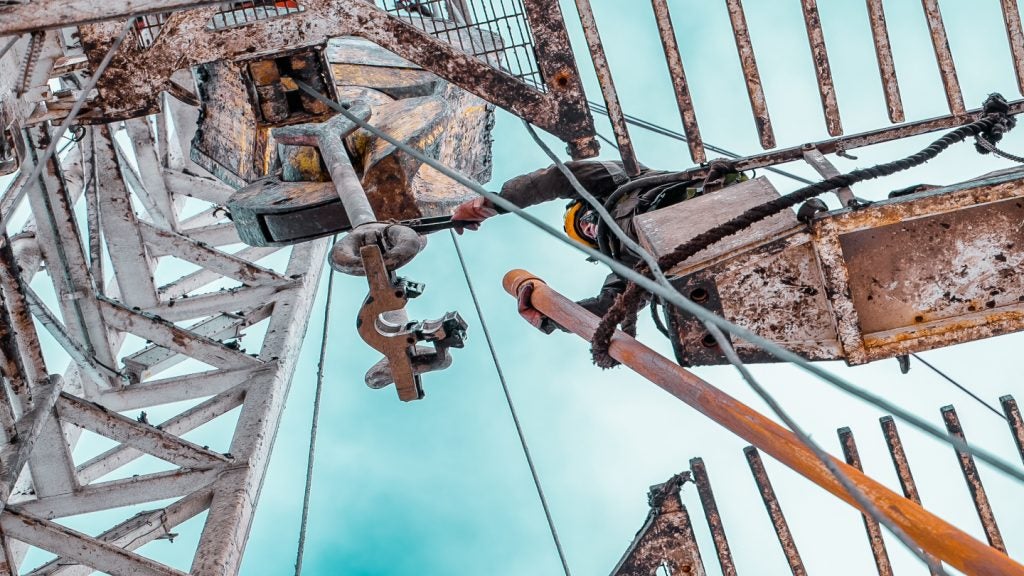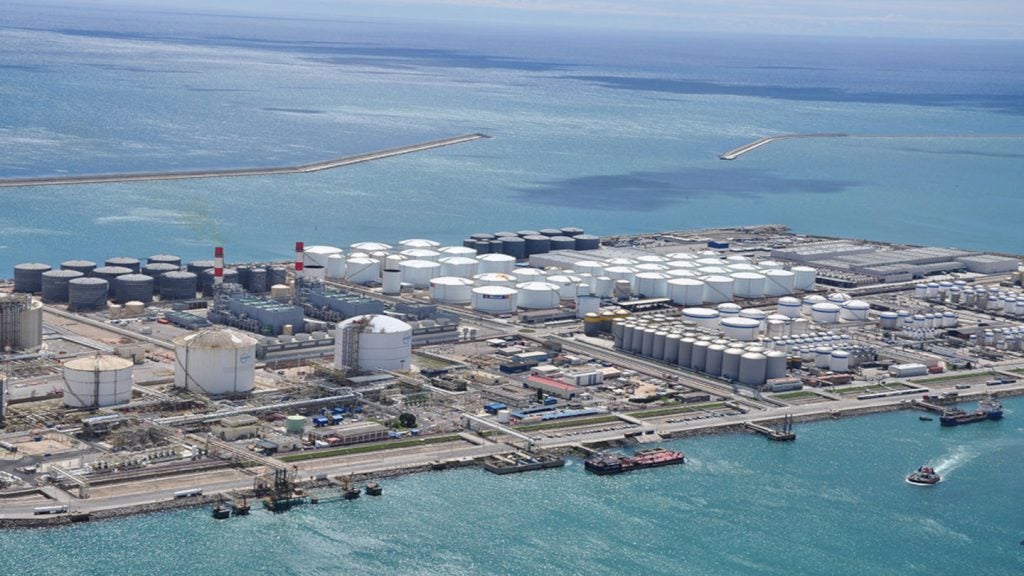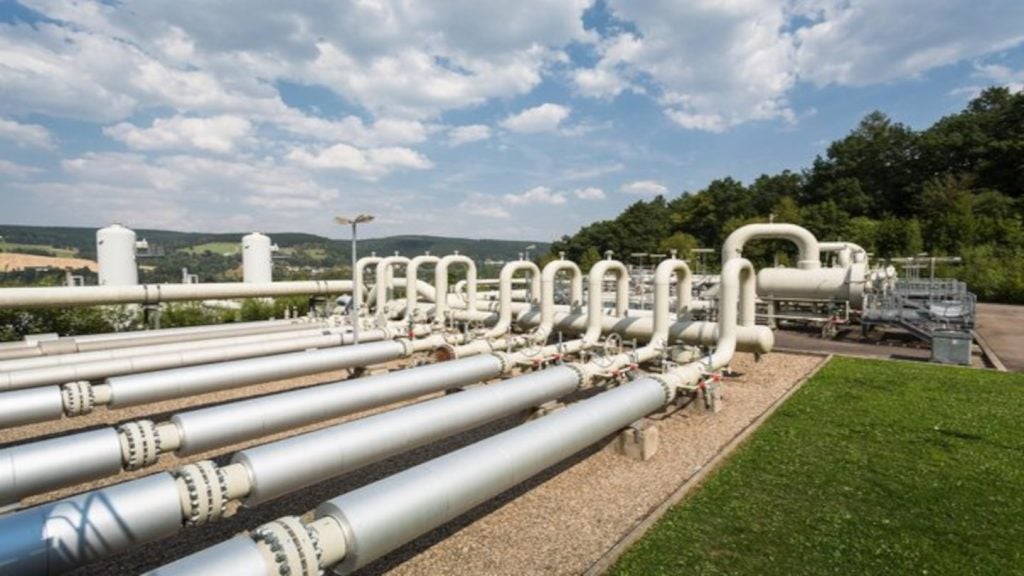Internet of Things (IoT) can be the backbone of digital transformation in the oil and gas sector. Connected devices drive more sophisticated use of other technologies, namely artificial intelligence (AI), in the automation process.
It creates a tech ecosystem that eases the difficulties of working in remote, dangerous conditions and working with ageing, precarious assets through cross-functional collaboration. IoT also helps to collate and manage vast quantities of data. This is instrumental to improving predictive maintenance, monitoring emissions and the surrounding environment, and providing safer working conditions.
Leading oil and gas suppliers in Internet of Things
Failure to embrace these new technologies can lead to costly mistakes, with unforeseen closures and costs running into millions of dollars. The rise of the IoT has come about through improvements in the individual technologies within the IoT ecosystem.
With internet connectivity being available on a larger scale and the hardware costs decreasing, the technology is a more attractive prospect for oil and gas companies.
Leading adopters of IoT in oil and gas include BP, Equinor, ExxonMobil, Shell, and TotalEnergies.
See Also:
Discover the leading Internet of Things suppliers in oil and gas
Using its experience in the sector, Offshore Technology has listed some of the leading companies providing products and services related to IoT.
The information provided in the download document is drafted for oil and gas executives and technology leaders involved in IoT solutions for the oil and gas industry.
The download contains detailed information on suppliers and their product offerings, alongside contact details to aid purchase or hiring decisions.
Amongst the leading suppliers of IoT solutions in the oil and gas sector are Emerson, Siemens, ABB, Baker Hughes, Halliburton, Honeywell, and Schlumberger.
Future of IoT in oil and gas
According to GlobalData forecasts, global Internet of Things (IoT) spending in the energy sector will reach $59bn by 2025, up from $34bn in 2019. The declining cost of IoT hardware makes digitalisation an attractive option.
The oil and gas industry is becoming a more enthusiastic adopter of digital technology as it aims to cope with several challenges including fluctuating oil prices, expanding sources of supply, and increasing regulatory requirements.
For full details (including contact details) on the leading companies within this space, download the free Buyer’s Guide below:
Frequently asked questions
-
How is IoT transforming the oil and gas industry?
IoT enables real-time monitoring and data analysis in oil and gas operations, improving predictive maintenance, environmental monitoring, and safety protocols. By connecting devices and systems, IoT allows companies to optimise asset management and detect issues before they become costly. IoT adoption also enhances remote operations, reducing the need for on-site personnel in hazardous environments.
-
What are the benefits of predictive maintenance through IoT?
Predictive maintenance uses IoT sensors to monitor equipment conditions in real-time, helping to identify potential failures before they occur. This proactive approach minimises unplanned downtime, reduces maintenance costs, and extends the life of critical assets. By leveraging IoT data, oil and gas companies can schedule maintenance more effectively, ensuring operational continuity.
-
How does IoT improve environmental monitoring in the oil and gas sector?
IoT devices provide continuous data on emissions, fluid levels, and environmental conditions, enabling better compliance with regulatory requirements. These sensors help companies monitor and control pollutants in real-time, ensuring more sustainable operations. Through IoT, operators can detect leaks or spills early, mitigating environmental damage and potential legal liabilities.
-
What role does IoT play in enhancing safety in offshore and onshore operations?
IoT improves safety by providing real-time data on environmental hazards, equipment performance, and worker conditions. Sensors and connected devices monitor areas such as gas emissions, pressure levels, and personnel locations, triggering alerts when unsafe conditions are detected. This technology enables faster response times to potential risks, reducing the likelihood of accidents and improving overall safety.
-
Which companies are leading in IoT adoption in the oil and gas industry?
Key players driving IoT adoption in oil and gas include BP, ExxonMobil, Shell, and TotalEnergies. These companies are integrating IoT solutions to improve operational efficiency, reduce downtime, and enhance safety measures. Additionally, technology providers like Siemens, ABB, Emerson, and Schlumberger are leading the development of IoT solutions tailored to the specific needs of the industry.






